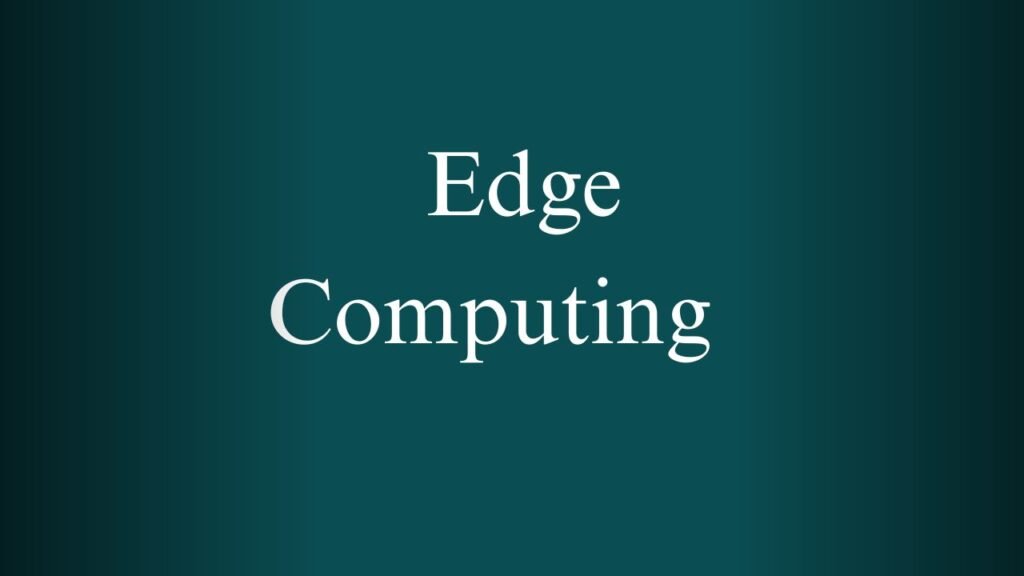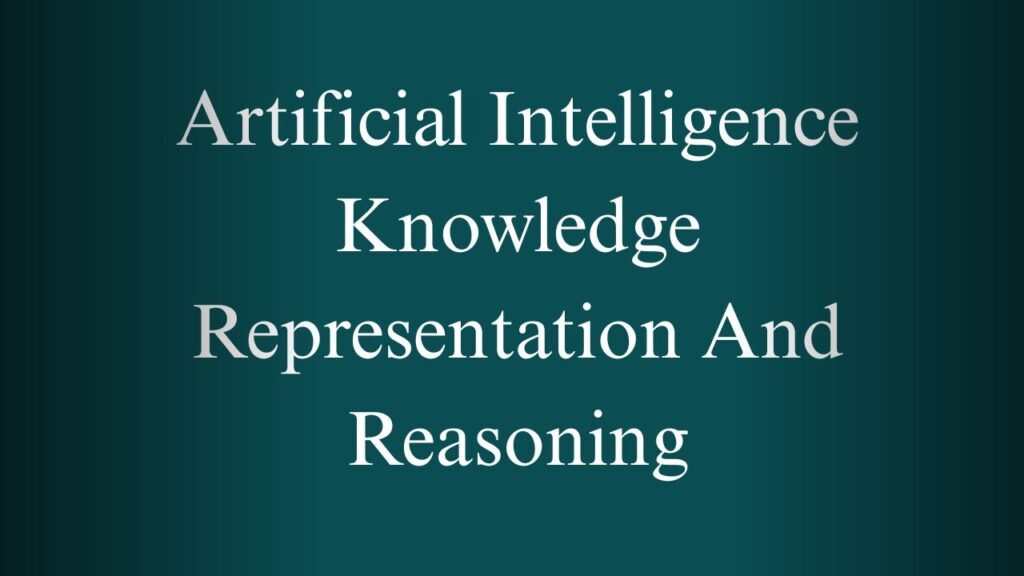NPTEL Cloud Computing and Distributed Systems Week 1 And 2 Assignment Answers 2025
1. Choose the correct items for X, Y, and Z.
X is an example of IaaS, Y is an example of PaaS, and Z is an example of SaaS
a) X-Google App Engine, Y-Eucalyptus, Z-Google Docs
b) X-Google Docs, Y-Google App Engine, Z-Eucalyptus
✅ c) X-Eucalyptus, Y-Google App Engine, Z-Google Docs
d) X- Google Docs, Y-Eucalyptus, Z- Google App Engine
Explanation:
- IaaS – Eucalyptus provides infrastructure (virtual servers, storage).
- PaaS – Google App Engine is a development platform.
- SaaS – Google Docs is an application software delivered over the cloud.
2. Utility computing is a model where service provider
a) ✅ Makes computing resources available to the customer as needed
b) Makes computing resources available to the customer for some amount of time
c) Can’t say – implementation dependent
d) Maximize revenue
Explanation:
Utility computing = on-demand, pay-as-you-go access to computing resources.
3. True or False?
Live migration refers to the process of moving a running virtual machine or application between different physical machines without disconnecting the client or application.
a) True
b) False
✅ Answer: True
Explanation:
Live migration allows zero downtime movement of virtual machines between hosts.
4. True or False?
Cloud computing is a distributed computing model.
a) True
b) False
✅ Answer: True
Explanation:
Cloud computing is built on the distributed computing paradigm, where resources are located across multiple locations.
5. Which of these statements are correct?
Statement-1: Moore’s law indicates that processor speed doubles every 18 months.
Statement-2: Gilder’s law indicates that network bandwidth has doubled each year in the past.
a) Only statement 1 is correct
b) Only statement 2 is correct
c) Both statements are correct
d) Both statements are false
✅ Answer: Both statements are correct
Explanation:
- Moore’s Law: Doubling of transistors ~18 months.
- Gilder’s Law: Bandwidth doubles every year.
6. The goals of virtual machine monitor (VMM) are:
a) Fidelity
b) Performance
c) Safety & isolation
✅ d) All of the mentioned
Explanation:
A VMM aims to:
- Fidelity: Ensure VM behaves like actual hardware
- Performance: Minimal overhead
- Safety & isolation: Prevent one VM from interfering with others.
7. Which delivery model is an example of a cloud computing environment that provides users access to Virtual Machines?
a) Software as a Service (SaaS)
✅ b) Infrastructure as a Service (IaaS)
c) Platform as a Service (PaaS)
d) Application as a Service (AaaS)
Explanation:
IaaS provides fundamental virtual resources like VMs, storage, and networks.
8. Which type of Hypervisor is shown in the following figure?
a) Type 1
b) Type 2
c) Type 3
d) All of the mentioned
✅ Answer: Type 1
Explanation:
Type 1 Hypervisor runs directly on the hardware (bare metal), not inside a host OS.
9. Consider the following regarding the Sandpiper architecture:
a) P: I,Q: II, R:III, S:IV, T:V
b) P: III,Q: V, R:I, S:IV, T:II
c) P: IV,Q: III, R:I, S:V, T:II
d) P: III,Q: IV, R:I, S:V, T:II
✅ Answer: P: IV, Q: III, R: I, S: V, T: II
Explanation:
This option correctly maps components like load prediction, monitoring, and migration decision in the Sandpiper system.
10. Which of the following type of virtualization is found in hypervisor such as Microsoft’s Hyper-V?
a) ✅ Paravirtualization
b) Full virtualization
c) Emulation
d) None of the mentioned
Explanation:
Hyper-V supports paravirtualization through components like enlightened I/O, improving performance by cooperating with the guest OS.
NPTEL Cloud Computing and Distributed Systems Week 2 Assignment Answers
1. What are the two key design goals for Open vSwitch?
a) Scalability and partitioning
b) Isolation and tunneling
c) Reliability and filtering
✅d) Flexible and fast-forwarding
✅ Answer: Flexible and fast-forwarding
Explanation:
Open vSwitch is designed to be flexible (supporting various network management tools and APIs) and fast-forwarding (high performance with minimal overhead in virtualized environments).
2. Consider the following statements related to Software-defined networking (SDN):
- Statement 1: SDN enables dynamic and programmable network configuration.
- Statement 2: SDN separates the control and data planes.
a) Only statement 1 is true
b) Only statement 2 is true
c) Both statements are false
d) Both statements are true
✅ Answer: Both statements are true
Explanation:
Both accurately describe SDN. SDN centralizes control logic and enables programmable network behavior.
3. Match the correct pairs:
a) P: IV, Q: III, R: I, S: II
b) P: IV, Q: I, R: II, S: III
c) P: III, Q: I, R: II, S: IV
d) P: II, Q: IV, R: III, S: I
✅ Answer: P: IV, Q: III, R: I, S: II
Explanation:
This option best matches known pairings, though the exact match question context isn’t visible here.
4. True or False?
Docker is an open-source project that automates the deployment of applications inside software containers, by providing an additional layer of abstraction and automation of OS–level virtualization on Linux.
a) True
b) False
✅ Answer: True
Explanation:
Docker is an open-source container platform that simplifies lightweight application isolation.
5. ______________ is a network emulator which creates a network of virtual hosts, switches, controllers, and links.
a) Docker
b) Mininet
c) Hypervisor
d) KVM
✅ Answer: Mininet
Explanation:
Mininet is a popular tool for emulating software-defined networks, used for SDN and OpenFlow research.
6. To offer hot-spot free performance for arbitrary traffic matrices, VL2 uses two related mechanisms:
a) Flows and out-of-order delivery
b) Clos network and EQMP
c) Agility and Load balancing
d) VLB and ECMP
✅ Answer: VLB and ECMP
Explanation:
VL2 uses Valiant Load Balancing (VLB) and Equal-Cost Multi-Path (ECMP) for traffic distribution.
7. The key challenges of a Multi-Tenant Data Center are:
I. Performance uniformity
II. Agility
III. Scalability
IV. Location independent addressing
a) I, II, III
b) I, II, IV
c) II, III, IV
d) I, III, IV
✅ Answer: I, II, IV
- I. Performance uniformity
- II. Agility
- IV. Location independent addressing
Explanation:
These are primary design challenges in cloud-scale data centers.
8. Consider the following statements:
Statement 1: In Single-root I/O Virtualization (SR-IOV), forwarding is no longer as flexible because it relies on a layer two switch that is built into the hardware of the NIC.
Statement 2: In Single-root I/O Virtualization (SR-IOV), the live VM migration becomes trickier, because the virtual machine is tied to physical resources of the machine.
a) Only statement 1 is true
b) Only statement 2 is true
c) Both statements are true
d) Both statements are false
✅ Answer: Both statements are true
Explanation:
SR-IOV does rely on hardware switching and complicates live migration due to physical NIC binding.
9. ___________ is the original OpenFlow controller. It serves as a network control platform, that provides a high level programmatic interface for management and the development of network control applications. Its system-wide abstractions turn networking into a software problem.
a) Routing Control Platform
b) 4D architecture
c) Ethane
d) NOX
✅ Answer: NOX
Explanation:
NOX was the first OpenFlow controller, serving as a platform for SDN control logic development.
10. Choose the correct items for X, Y, and Z.
X architecture comprises a hierarchy of controllers. At the top level we have the Y, which is talking to an SDN gateway. The gateway can be thought of as a super controller that talks to the controller’s at all these different Z.
a) X: Global controller, Y: Google’s B4, Z: Data center sites
b) X: Google’s B4, Y: Data center sites, Z: Global controller
c) X: Google’s B4, Y: Global controller, Z: Data center sites
d) X: Data center sites, Y: Google’s B4, Z: Global controller
✅ Answer: X: Google’s B4, Y: Global controller, Z: Data center sites
Explanation:
In Google’s B4 architecture, the B4 system acts as X, the Global controller as Y, and it manages multiple data center sites (Z) through SDN gateways.



